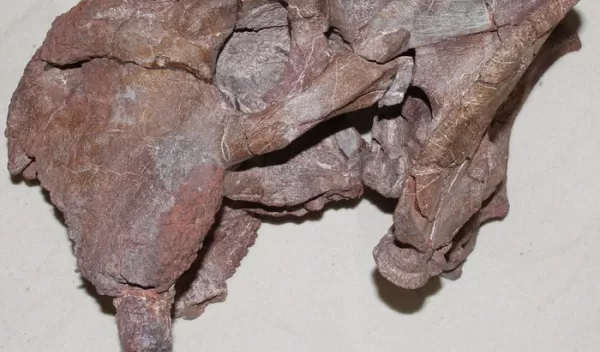
Fossils reveal how tusks first evolved and why they are unique to mammals
When imagining animals with tusks, most people picture elephants. But many other animals have tusks, including warthogs, hippopotamuses, Arctic-dwelling walruses, and even five-pound, guinea pig-like animals called hyraxes.
Though the sizes of the animals and their tusks can vary, they all have one thing in common -- tusks are only found on mammals. There are no known fish, reptiles, or birds with tusks. But the mystery remains of what evolutionary steps led to the development of this phenomenon, and why are mammals the only animals alive with tusks.
In U.S. National Science Foundation-supported research reported in Proceedings of the Royal Society B, scientists traced the first tusks to ancient mammal relatives that lived before the dinosaurs, shedding light on the evolution of mammalian tusks by defining what makes a tusk a tusk.
"Tusks are this very famous anatomy, but until I started working on this study, I never really thought about why tusks are restricted to mammals," said lead author Megan Whitney of Harvard University.
The scientists showed that the first tusks belonged to animals that came before modern mammals, called dicynodonts, according to Kenneth Angielczyk, co-author and curator at Chicago's Field Museum. "They're very weird animals."
Dicynodonts, though not mammals, are more closely related to mammals than dinosaurs and other reptiles. Dicynodonts lived between 270–201 million years ago and included tiny rat-like dicynodonts to huge elephant-sized dicynodonts. They are known for a peculiar arrangement of teeth.
A defining feature, first discovered 176 years ago, is the protruding tusks in their upper jaws. Most had two upper tusks that came down from the canine position, but they rarely had additional teeth. Instead, dicynodonts had a beak at the front of their mouths that was made of keratin and resembled a turtle's beak.
The tusks animals have evolved can tell scientists about the pressures those animals faced. Tusks can function in a variety of ways, including defense, competition, burrowing, sexual selection and even locomotion -- as in the walrus, which uses its tusks to hoist itself onto ice floes. A continuously growing tusk may have allowed dicynodonts to overcome the challenge of having one set of replacement teeth throughout their lives.
"In Earth's history, different groups have independently evolved similar traits, a process called convergent evolution," said Leslie Rissler, a program director in NSF's Division of Environmental Biology. "Investigating whether these traits arise through the same developmental or genetic mechanisms is one of the most exciting questions in biology today."


